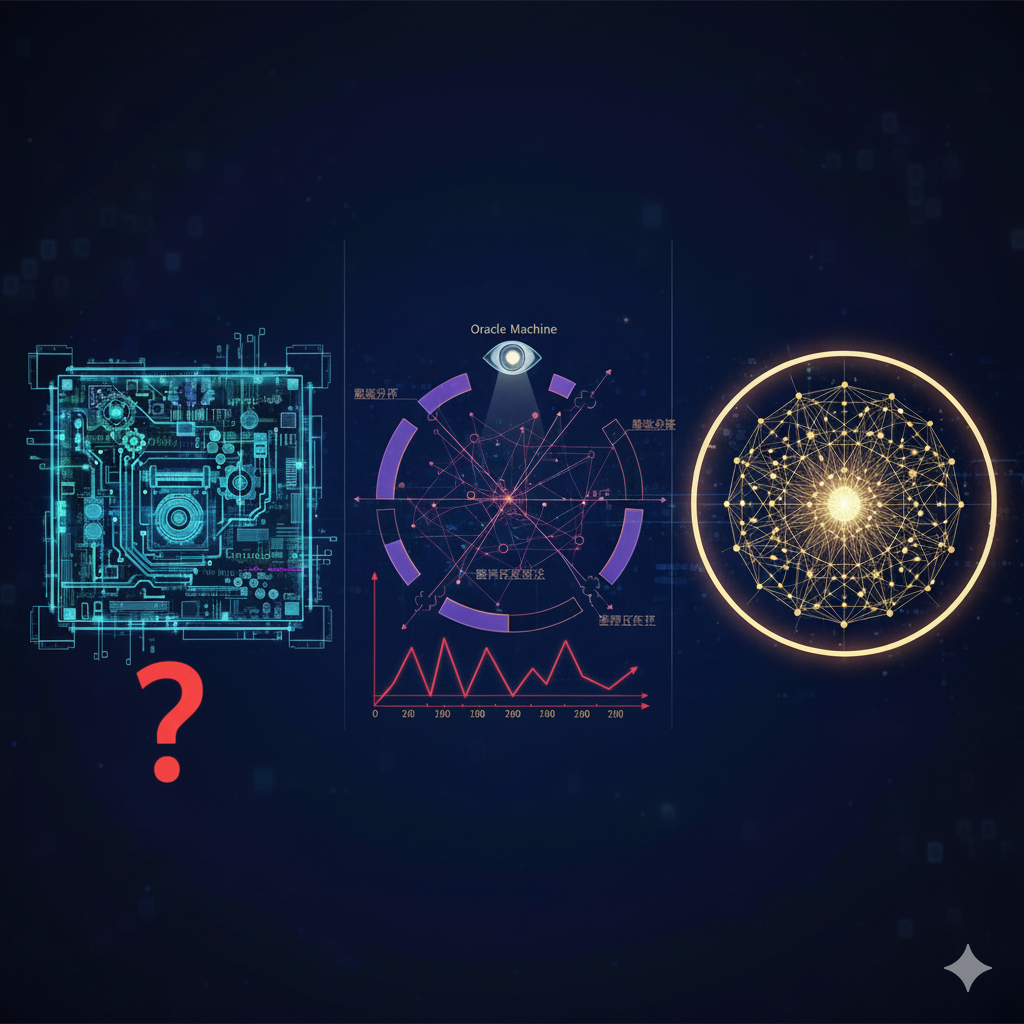
In the eyes of most people, Bitcoin is merely a blockchain technology of “trusting code.”
But in fact, Bitcoin’s logic goes far beyond the world of algorithms. It is a three-layered structure spanning computability, incompleteness, and game-theoretic completeness.
Only by understanding these three realms can one truly understand why Bitcoin is unique.
Theoretical foundation: Turing machine computability theory.
Functions implemented:
Limitations: There exist two interfaces that cannot be self-proven within the Turing machine itself:
This layer is what the vast majority of people call “blockchain technology.” But this is only the starting point of Bitcoin.
Theoretical foundation: Gödel’s incompleteness theorem + Turing’s ordinal logic system (computable Turing machine + non-computable oracle machine).
Logical breakthroughs:
Implementation: By combining oracle machines with transfinite iterative logic, local decisions are made at the incompleteness boundary.
However, problems still remain: Even so, the ordinal logic system still cannot guarantee the uniqueness of the longest chain.
This means the final step of decentralized convergence is not yet complete.
Theoretical foundation: Nash equilibrium, non-cooperative game theory.
Core contribution: Bitcoin hands over the “longest chain uniqueness problem” left behind at the second layer to game theory to solve.
In a global network without centralization, nodes achieve consistent convergence through non-cooperative games.
Ultimately, a unique and irreversible time order is formed. This step is the true pinnacle of Bitcoin’s technology and philosophy.
It is not only a Turing machine, not only an incomplete logic system, but also a self-completing game machine.
The three realms of Bitcoin correspond to three types of logic:
Bitcoin = a system unifying three layers of logic.
It spans computability → incompleteness → game-theoretic completeness, and finally realizes, for the first time in human history, a truly decentralized time order.